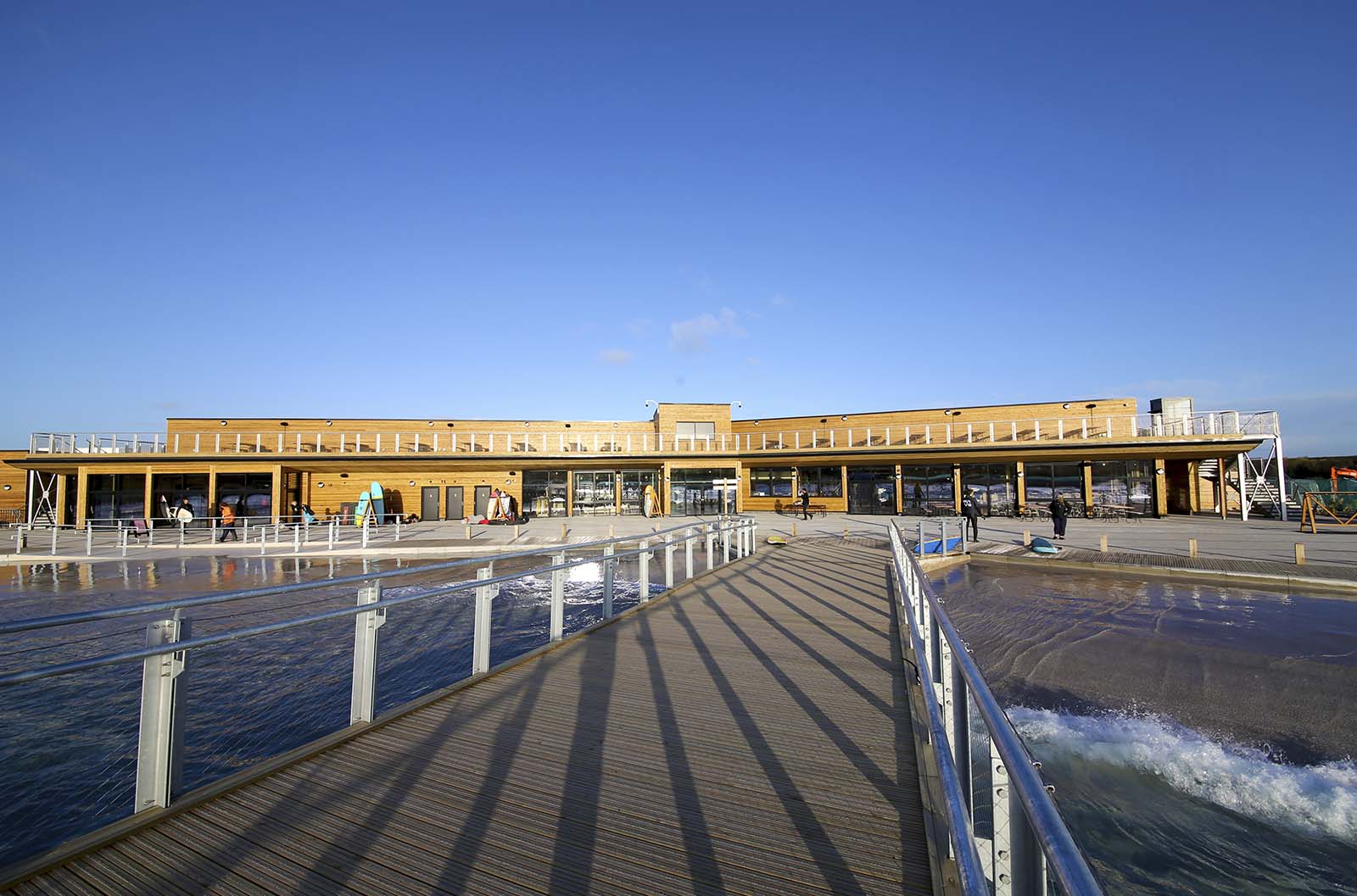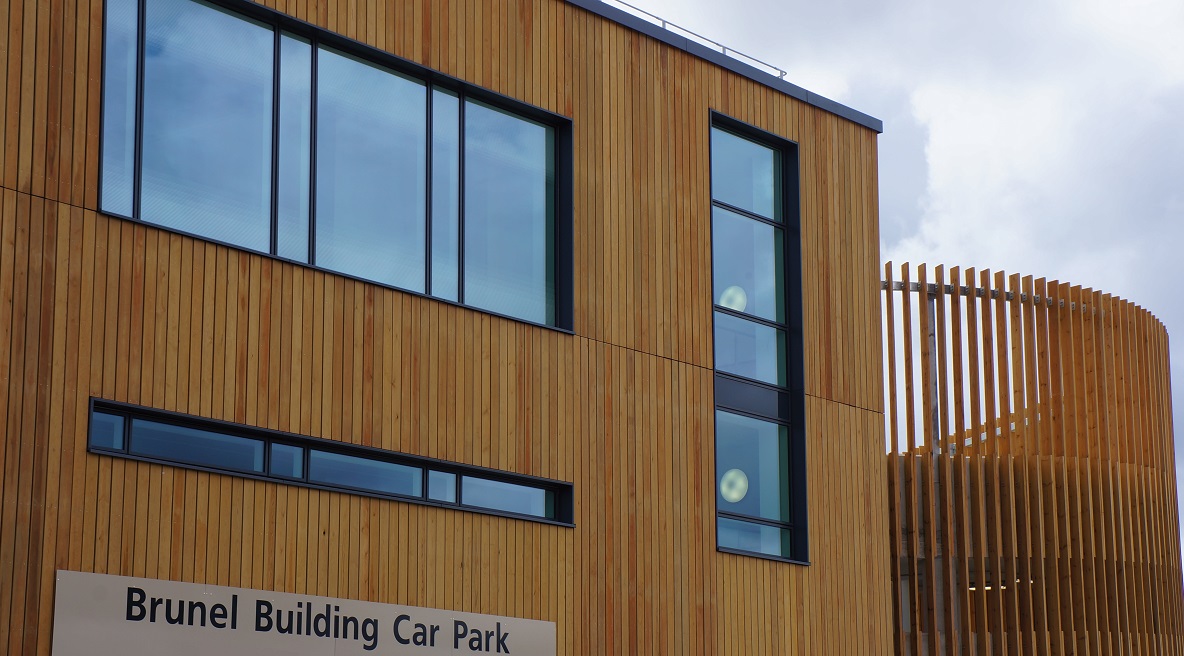How to Design a Building to Withstand Environmental Conditions
How the Local Environment Impacts Building Design
The perfect building is designed with local climatic conditions taken into consideration. Regardless of whether you’re designing and building something in the Australian outback, or in the Scottish Highlands, understanding the local environment and weather behaviour is a vital first step in creating a successful build.
Designing a house to thrive in a local environment is more than just ticking boxes, it involves understanding the benefits of certain designs, certain materials and local characteristics.
So what kind of things should you look out for?

Cold
Cold conditions can invite lots of problems for a building that isn’t designed effectively. Firstly, the building needs to utilize and maximise any heat it has. This means the building needs to be very well insulated and use materials that don’t lose heat.
South facing windows should be big and large to maximise the heat entering the building, while north facing windows should be minimal to ensure excess heat isn’t lost. Pipes should also be well insulated to avoid them cracking and bursting when they freeze.
Buildings adapted to the cold also want to include overlaps from the roof to the walls. This means snow and ice falls further from the building.
The roof also wants to be as smooth and simple as possible. Complicated roofs could create more opportunities for snow and ice to build up. This wants to be avoided at all costs as snow/ice build-up on a roof can cause problems.
Timber is strongly associated with housing and buildings in cold conditions as it is a great locally sourced insulator. It keeps building warm in winter but can help create cooler conditions in summer. This characterises the Canadian and North European buildings which are perfect at dealing with very cold winters yet often warm summers.
Rain
Buildings in areas of heavy rainfall need to be able to remove rain as quick as possible. These buildings need a strong focus on guttering and drainage. Excessive water needs to be dealt with effectively to avoid localised flooding.
Trees and plants can be a useful natural resource to utilize in rainy areas, as well as ensuring buildings are well sealed and roofs are steep to allow quick surface run-off.
In areas of extreme rainfall, houses are often built on silts to elevate the building from flooding.
Heat
In areas that receive a lot of heat and sunlight, creating buildings can reflect and distribute heat effectively is important. These buildings also want to be able to utilize a natural flow of air. Ventilation and airflows will help ensure the building feels fresh and avoids overheating or getting too humid.
Clever architectural designs and layouts will position certain rooms with the location of the sun in mind. This can be very useful for a room like the kitchen, whereby it is likely to be hot when cooking anyway, so a downwind location would be better.

Earthquakes
Earthquake proof buildings have become a necessity for certain regions in the world. This is a design feature that was born out of desperation as building collapsed during earthquakes. Using earthquake proof structural engineering and design is only necessary in certain regions, however, it is arguably now one of the most important features for buildings of these regions.
To make a building more resistant to earthquakes, the design should tie the walls, floor, roof and foundations into a rigid box that holds together when shaken. This is much better at withstanding an earthquake than unreinforced brick or concrete that can fall apart at the first shake.
Designs in an earthquake prone region will also likely include furniture that is secured to walls and limits the amount of free-standing items (which could fall and cause damage). Flexible hosing instead of rigid pipes is also useful as they won’t crack as they bend. Base isolation pads are also beneficial in the foundations to adsorb more of the shock. Steel and timber are good materials that absorb energy, while concrete is strong but can crack when under tension.
Designing a house against earthquakes is one of the more famous ways design is trying to combat local conditions.
Wind
Windy conditions can cause problems for buildings that aren’t adequately designed. To combat high wind speeds, buildings should be sufficiently anchored and braced for these conditions. Buildings would also benefit from being positioned to prepare for prevailing winds. This means creating a building that is streamlined and allows the wind to flow over the building with ease. This means avoid high sharp lined buildings, and instead, opting for low curved lined buildings.
Having roofing that is securely attached to the walls is also vital to ensure wind can’t get under the roof and lift it off. This also means avoiding roof overhangs as this is a feature that would be exploited by the wind.


















